As the weather began to warm in spring 2017, something else was heating up too – the Safe Routes Partnership’s new Safe Routes to School Launch Program! With five cities participating in the 2017 pilot year, the intensive program helped communities move to a new level of safety and support for students walking and biking to school. The Safe Routes to School Launch Program is a joint project of the Safe Routes Partnership (Safe Routes Partnership) and UC Berkeley Safe Transportation Research and Education Center (SafeTREC), designed to start and strengthen sustainable Safe Routes to School programs in California communities. While the Safe Routes to School Launch Program assists programs in any stage, the Safe Routes Partnership focused energy on providing support for programs struggling with effectiveness. Resources and activities during the program highlighted what makes Safe Routes to School (SRTS) programs most effective and best practices for expanding reach in their communities.
"Sometimes Safe Routes to School programs get stalled, and don't reach as many kids as they could. The Safe Routes to School Launch Program lets the Safe Routes Partnership help communities to identify and overcome the hurdles they encounter, so that SRTS programs can be successful in making communities safer and better places for all kids and adults to walk and bike," explained Sara Zimmerman, Program and Policy Director for the Safe Routes Partnership.
As part of the Safe Routes to School Launch Program, the Safe Routes Partnership gathered and analyzed data and local policies and interviewed key stakeholders in each community. SafeTREC provided detailed collision data for school sites and cities, highlighting transportation mode, weather conditions, time of day, median household income, and race. A workshop was hosted in each city, bringing together representatives from the city, county, school districts, public health, transportation agencies, schools, community organizations, and community members to learn about Safe Routes to School and discuss strategies for developing a robust, comprehensive program in each community. The Safe Routes Partnership analyzed this information using their expertise in program development, as well as policy and planning, to create action plans for each community.
The 2017 Safe Routes to School Launch Program communities included Morgan Hill, Willits, Monterey, Rancho Cordova, and Garden Grove.
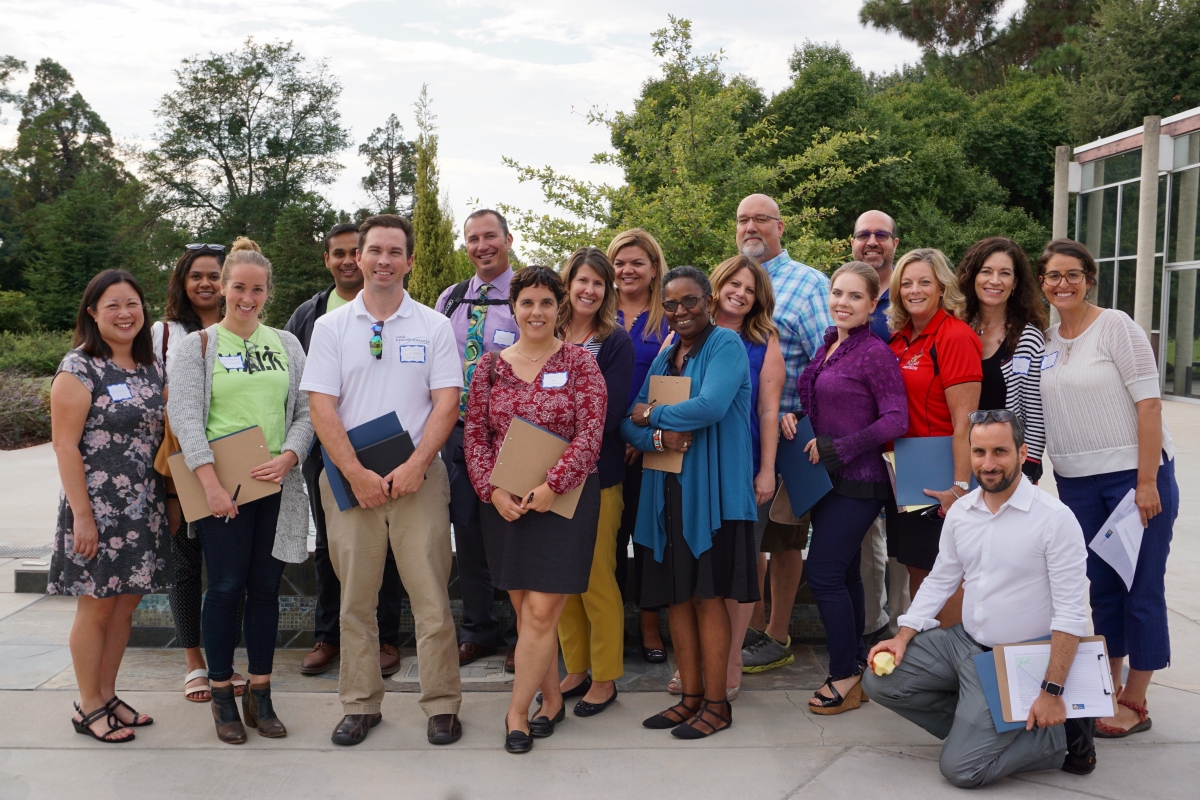 Rancho Cordova Workshop
Rancho Cordova Workshop
Communities participating in the Safe Routes to School Launch Program varied. Some had received grants and established a Safe Routes to School Plan; these communities were looking for next steps to make their program vigorous and effective. Others had a strong vision and city support for a Safe Routes to School program and were looking for funding to advance their work. One community had an existing program and was transitioning into new funding and potential leadership. During the workshop, participants discussed what makes a strong comprehensive Safe Routes to School program. Local stories around school siting and proximity to logging yards and highways were prevalent in one small rural community in Northern California. Further down the state off the coast, another community discussed barriers around topography, as steep hills separating schools and neighborhoods are a current challenge. All communities discussed where to start when building a Safe Routes to School program and steps for creating a sustainable program that fosters behavior change in schools and their extended community. Conversations around equity, access to bicycles, education, and safe infrastructure were prevalent -- as were challenges in district and city-wide collaboration and communication around safe walking and biking to and from school. While each Safe Routes to School Launch community varied greatly from each other, there was a shared understanding of the effect Safe Routes to School has on improving physical and emotional health, access to transportation, community safety, improving the environment, and reducing traffic congestion for all residents.
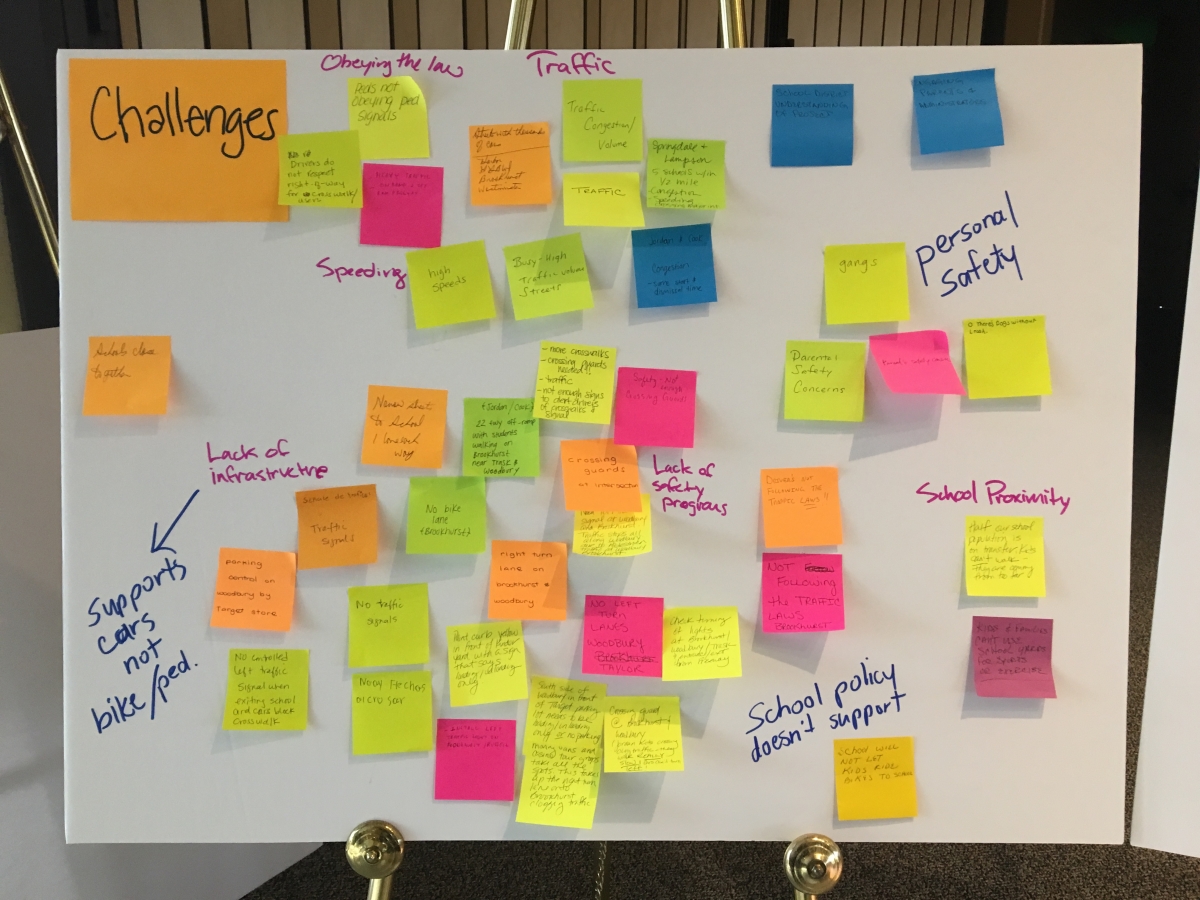
Garden Grove Workshop Activity
The next step for the Safe Routes to School Launch communities was creating action plans. These plans included short and long term recommendations in education, encouragement, engineering, enforcement, evaluation, equity, policy, and program structure. Input from workshop participants was included in each action plan to support recommendations that reflected community needs and vision.
Stefania Castillo, Transportation Planner for the City of Monterey shared, “We absolutely loved participating in the Safe Route to School Launch Program! We learned a lot about moving forward with Safe Routes to School efforts in Monterey and had an amazing time brainstorming with others during the program’s workshop. We highly recommend the program to all."
City and school staff, community agencies, and students together in one space discussing Safe Routes to School was an empowering experience. So often, we have conversations involving multiple parties but unfortunately, they are not included in the conversation. The Safe Routes to School Launch Program brought all parties together to discuss what Safe Routes to School looked like in their community. A special thank you goes out to all Safe Routes to School Launch participants. There were a total of 93 participants at the five workshops. Of the 93 workshop attendees, 29 were principals or other school-based staff. The workshops will benefit not only the attendees, but also the tens of thousands of students at the schools and districts that were represented at the workshop.
For more information on the Safe Routes to School Launch Program, resources, and to view community action plans visit the Launch program webpage. Are you interested in applying for the Safe Routes to School Launch Program for your California community? Complete the interest form and submit your completed form to Michelle Lieberman at michelle@saferoutespartnership.org.
Funding for this program is provided by a grant from the California Office of Traffic Safety (OTS) through the National Highway Traffic Safety Administration (NHTSA).

Challenges identified by Morgan Hill workshop participants.
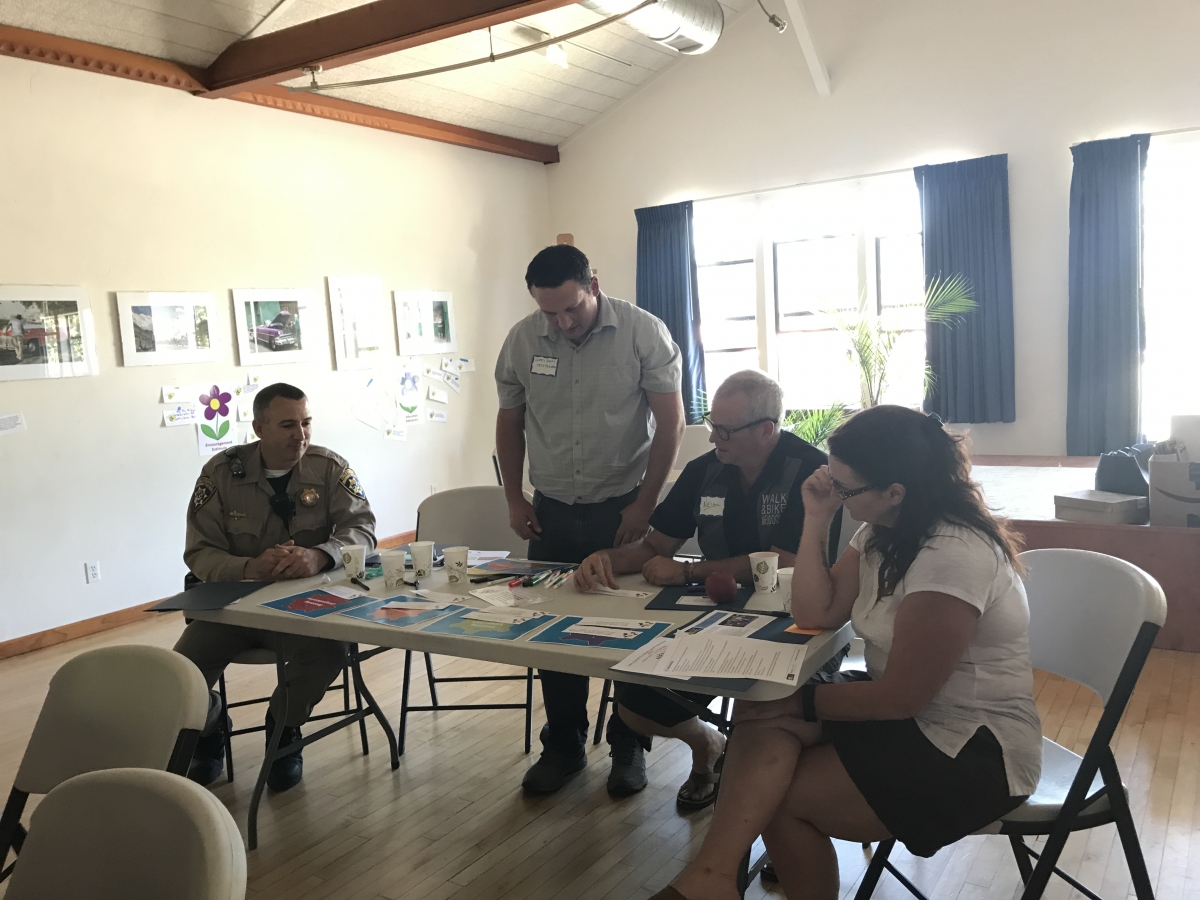
Willits participating in a group exercise determining the stages of a Safe Routes to School program.
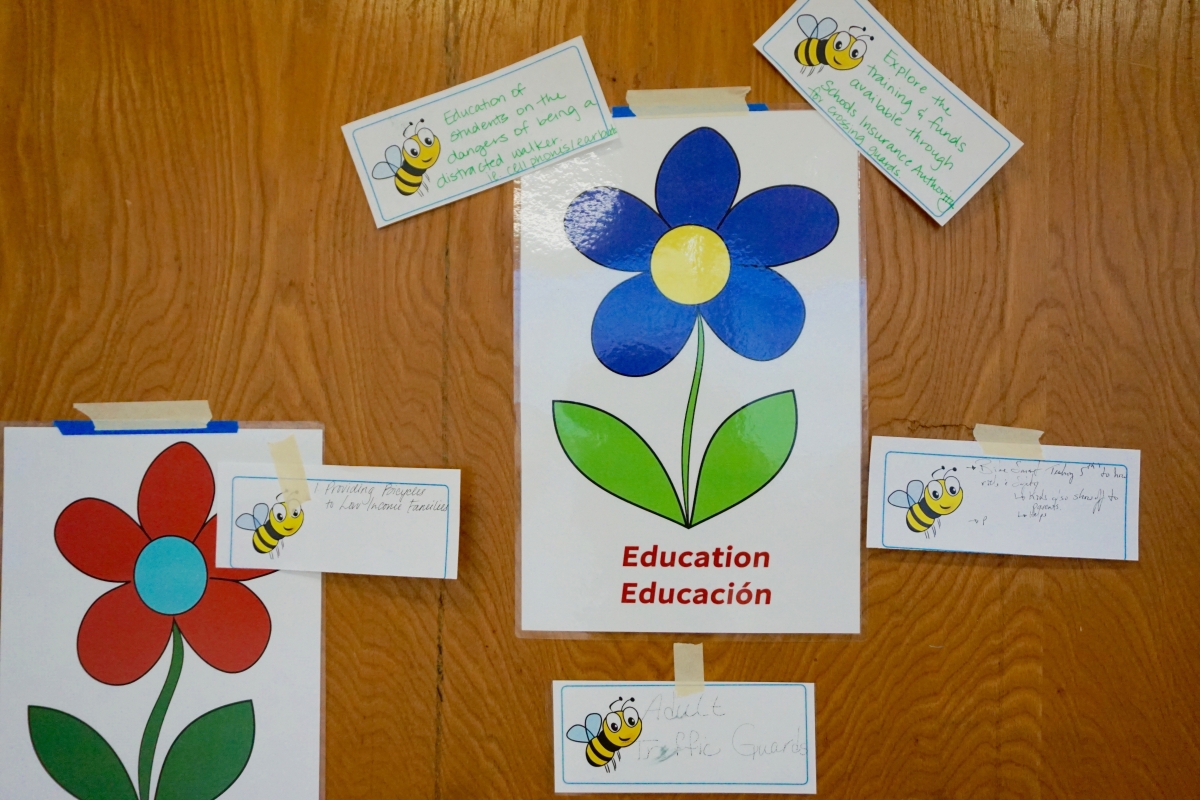
Monterey participants recording their ideas for Safe Routes to School education.
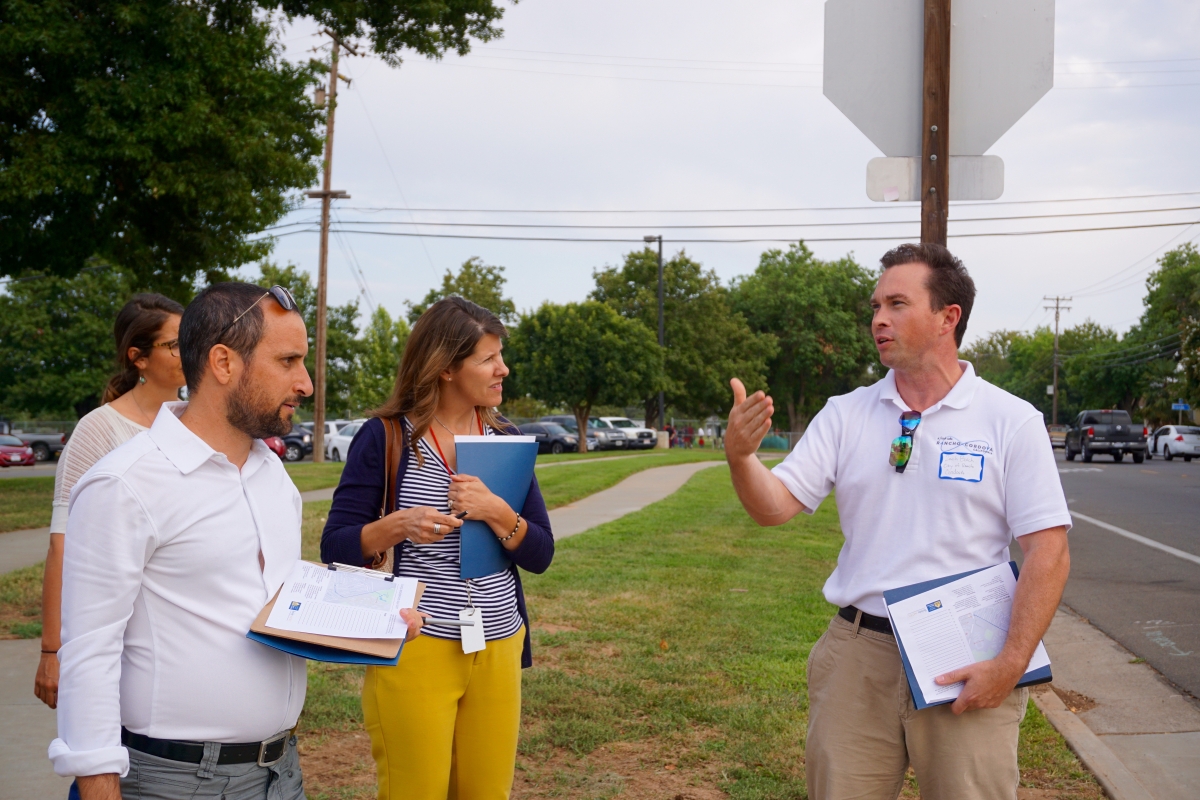
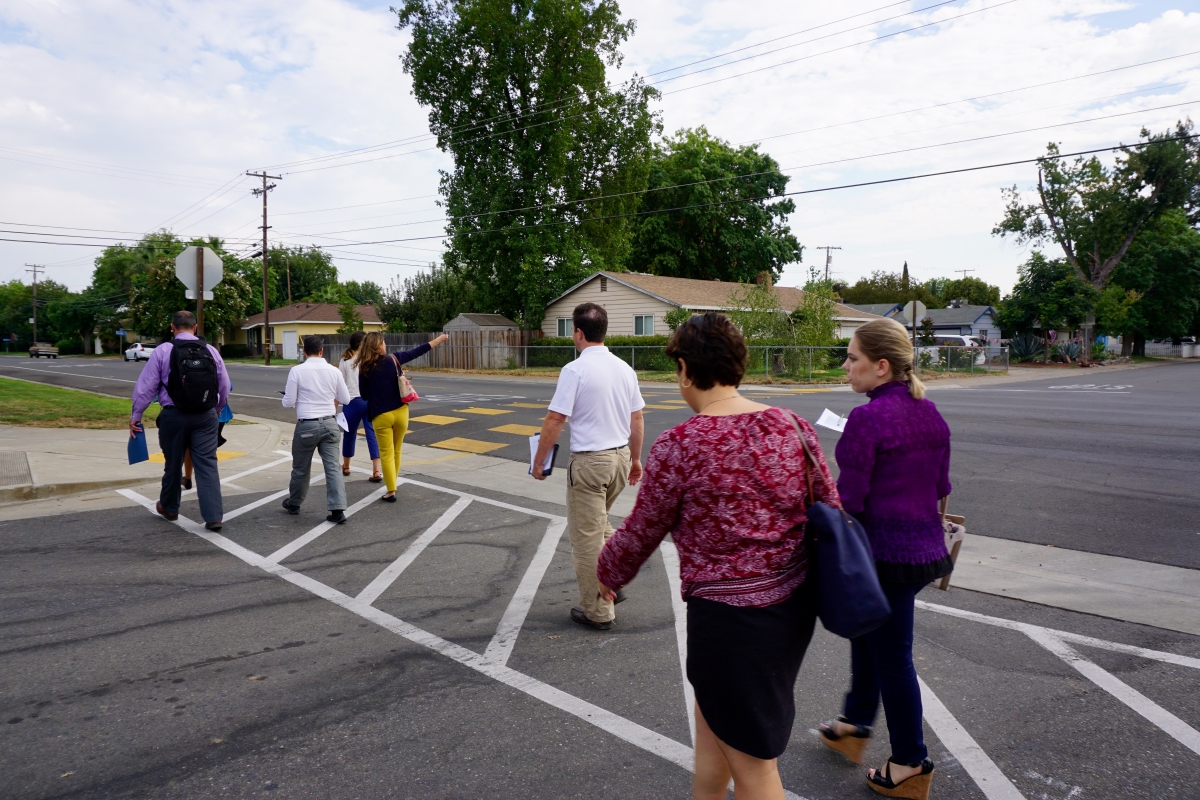
Rancho Cordova walk audits with workshop participants.
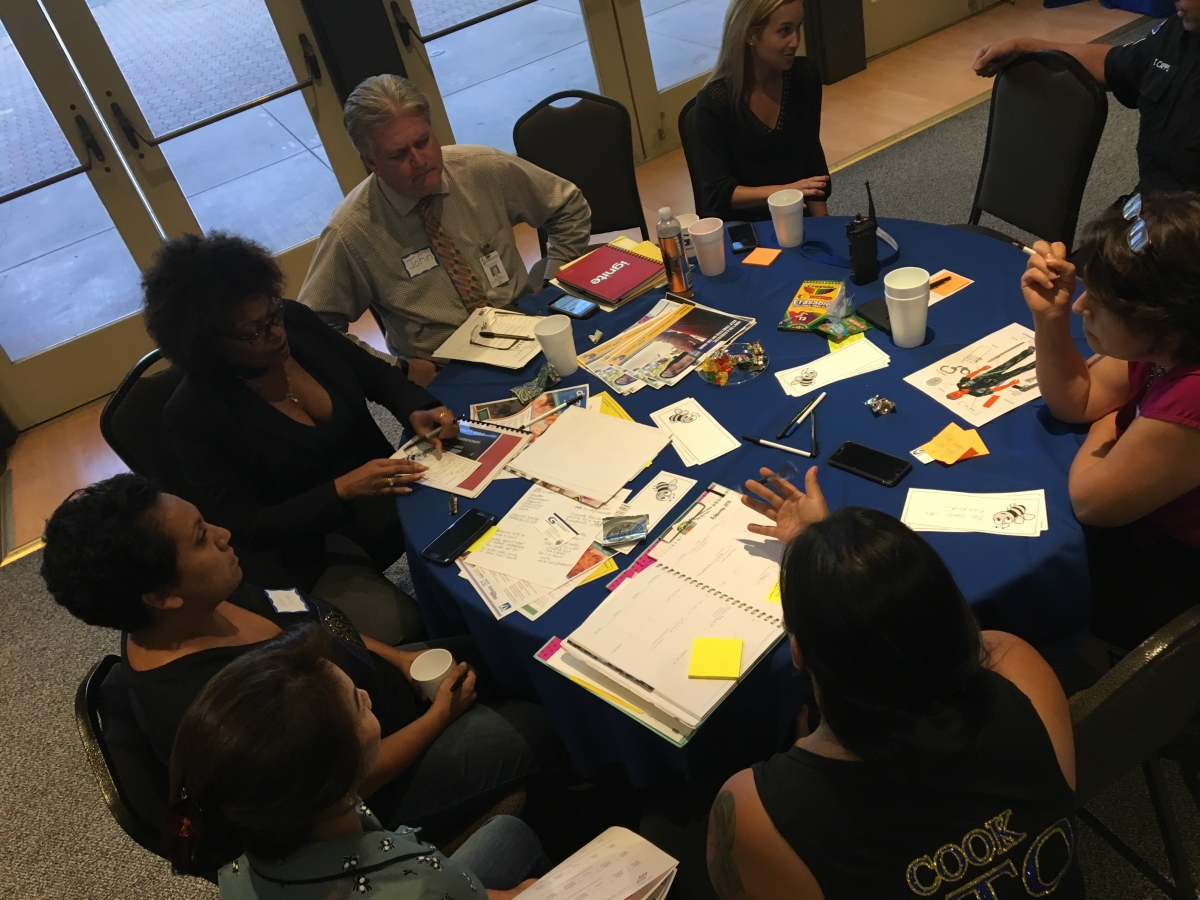
Garden Grove participants mapping their current and desired routes to school and beyond.
